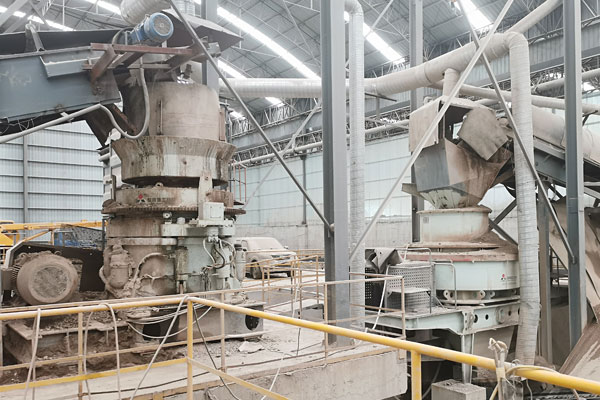How to improve the quality of machine-made sand
Improving the quality of machine-made sand involves optimizing both the equipment and the processes involved in its production. The first step is ensuring the selection of high-quality raw materials. The source of the sand, such as river gravel, basalt, or granite, plays a critical role in the final product. It’s important to choose materials that have a consistent texture, low impurity levels, and are capable of producing uniform-sized particles. The quality of the raw materials directly impacts the strength, durability, and appearance of the machine-made sand, so sourcing from reliable quarries is essential for achieving high-quality outcomes.
Next, selecting the right crushers and equipment is key to producing high-quality sand. A combination of jaw crushers, cone crushers, and vertical shaft impact (VSI) crushers are typically used in the production process. Jaw crushers break down large stones into smaller pieces, while cone crushers provide more finely graded materials. VSI crushers are ideal for shaping the final sand product. These crushers should be well-maintained and regularly calibrated to ensure efficiency and avoid irregularities in the particle size distribution. The use of fine crushers can help produce smoother and more consistent grains, which are essential for high-quality sand.

The screening process is also critical in improving the quality of machine-made sand. After the sand is crushed, it must be carefully screened to separate fine particles from coarser ones. A well-calibrated vibrating screen or a combination of screens with different mesh sizes can ensure that only properly sized particles are used for sand production. The screen should efficiently remove any oversized or undersized materials, ensuring that the final product is of uniform size and meets the required specifications. The proper separation of particles not only enhances the quality but also ensures that the sand is suitable for various construction applications, from concrete to mortar.
Another important factor in improving sand quality is washing. After screening, the sand should be thoroughly washed to remove impurities like clay, dust, and other unwanted materials. Fine particles of clay and silt can significantly reduce the strength and workability of concrete and mortar. A washing system using water and mechanical scrubbers helps eliminate these impurities and enhances the cleanliness of the sand. The water used in the washing process must be carefully managed to prevent environmental pollution, and systems such as hydrocyclones or spirals can be employed to recover the finer fractions that might otherwise be lost.
Finally, implementing strict quality control measures throughout the entire production process ensures the consistency and reliability of the sand. Regular testing of the particle size distribution, moisture content, and impurity levels is essential to maintaining high standards. Setting up a quality control lab and conducting tests such as sieve analysis, specific gravity, and sand equivalent tests will help track the product’s performance and identify any deviations early. Additionally, upgrading the production line with automated control systems can help monitor and adjust the process in real-time, ensuring that the final product consistently meets the required specifications.
